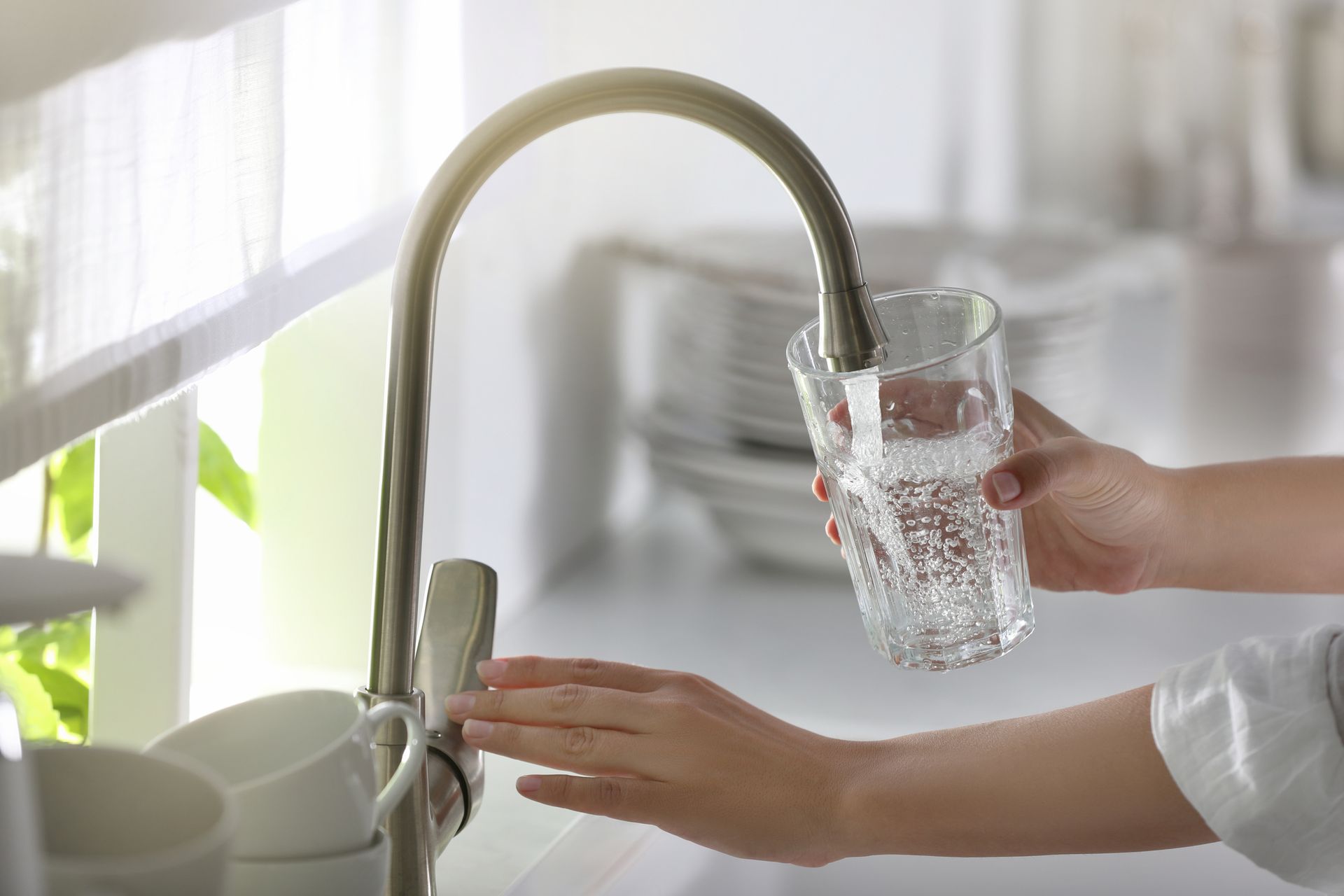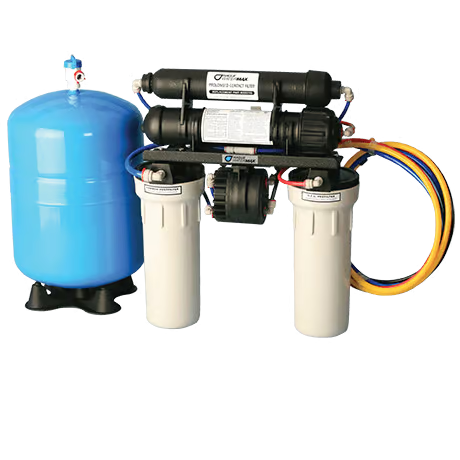Every drop of water coming out of your faucet might carry more than just H₂O. From chlorine and lead to PFAS, nitrates, and other harmful contaminants, even treated city water can pose risks to your health and home. At Northern Plumbing & Softening, we help Minnesota homeowners understand what's in their water—and how to treat it—with advanced filtration systems that deliver safer, better-tasting water right from the tap.
What is in My Water?
Tap water can contain a variety of contaminants. Chlorine and chloramine are commonly used to disinfect city water, while fluoride is added to help prevent tooth decay. However, even after public filtration, harmful substances such as PFAS (forever chemicals), Arsenic, Lead, as well as volatile organic compounds (VOCs) and runoff from agriculture or industry may still be present. In more rural areas, Nitrates and Nitrites from fertilizers and waste can also be found.
Is My Water Safe to Drink?
While EPA standards help ensure water safety, public water treatment doesn’t fully purify water or eliminate all harmful substances. Chemicals from industrial and agricultural sources, like PFAS (also known as "forever chemicals"), may not be fully removed due to the complex treatment required. Chlorine and chloramine, commonly used for disinfection, can also produce cancer-causing byproducts. Research suggests that long-term exposure to low levels of these contaminants and disinfection byproducts may be linked to health concerns, including cancer, hormone disruption, reproductive issues, and liver or kidney damage.
Additionally, some EPA standards are based on outdated research, and updates can be slow, leaving gaps in protection. Many people, especially those with young children or who are pregnant, choose home water filtration for added safety and to reduce exposure to contaminants that may remain in city water.
How to Treat My Water?
If you're looking to purify your water to drinking quality, point-of-use filters are the most effective option. While point-of-entry filters play an important role in reducing harmful contaminants and extending the lifespan of point-of-use filters, they are not as efficient at purifying water for drinking.
What Type of Filter Is Best for Purifying My Water?
At Northern, we recommend Reverse Osmosis (RO) for comprehensive water filtration, as it effectively removes a wide range of contaminants, including pesticides, herbicides, chlorine, chloramine, and more, providing nearly 100% pure water. Alternatively, Activated Carbon filters are an excellent point-of-use filter, especially effective at removing chlorine and VOCs.
Reverse Osmosis
- Five-stage filtration
- 99.5% contaminant removal down to 0.0001 microns
- Non-electric permeating pump
- 50 gallons per day production
Carbon Filtration
- Five-stage filtration
- 99.5% contaminant removal down to 0.0001 microns
- Non-electric permeating pump
- 50 gallons per day production
Ready for safer, better-tasting water?
Whether you're concerned about what’s coming from your tap or simply want to upgrade your family’s health and hydration, Northern can help. Schedule your no-obligation water test today and find out what’s really in your water—then let us help you fix it.








